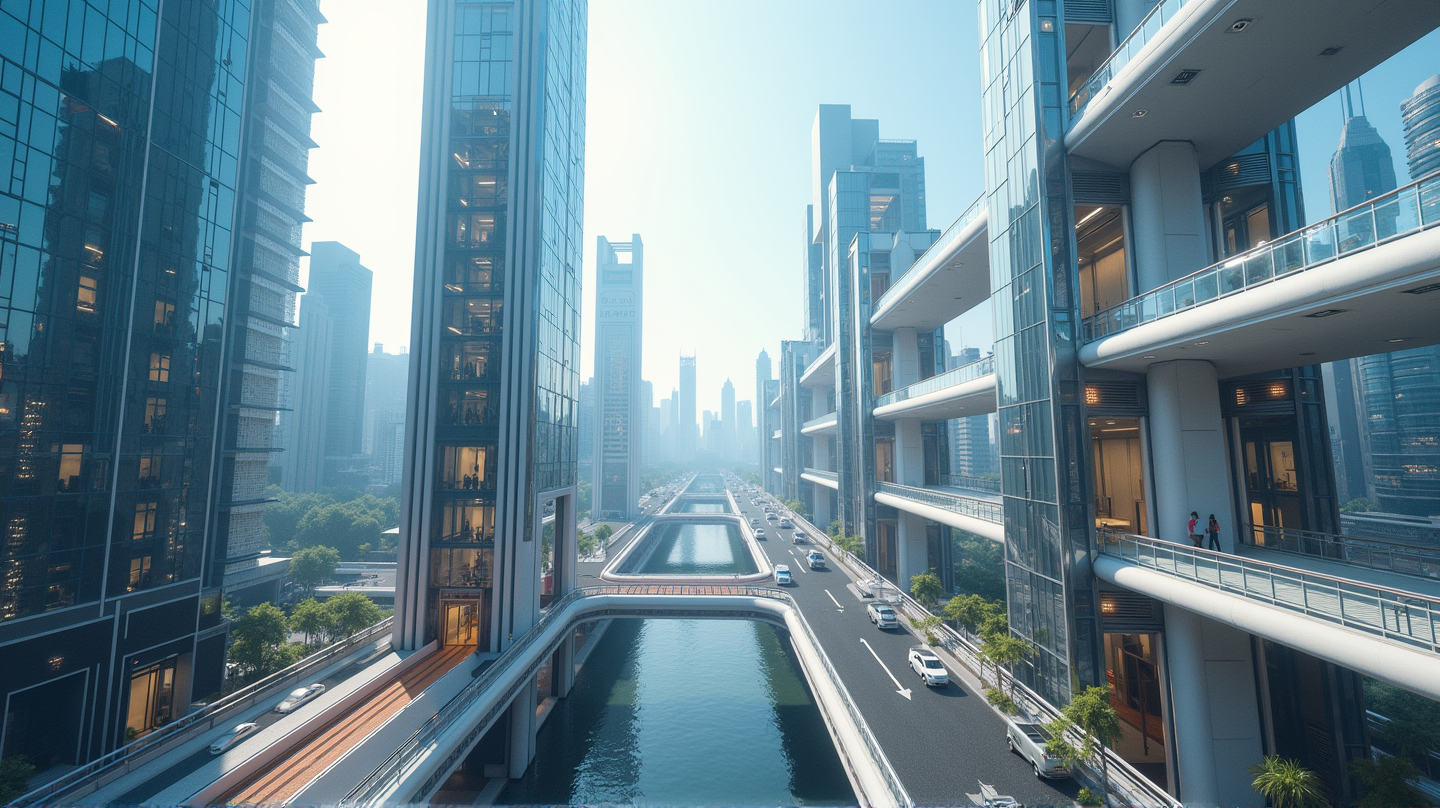Rising Stars in Urban Mobility: Innovations in Elevators and Escalators
The elevator and escalator market is poised for explosive growth, driven by technological breakthroughs and strategically-aligned sustainable practices.

The world of urban mobility is undergoing a transformation so profound that the very infrastructure supporting our movement through skyscrapers and massive complexes is evolving at an extraordinary pace. At the heart of this evolution is the elevator and escalator market, poised to escalate from a staggering valuation of US\( 103.8 billion in 2025 to a jaw-dropping US\) 150.7 billion by 2032.
The Surge of Vertical Transportation
Urbanization is no longer just a trend but a transformative force, thrusting cities into a vertical expansion. With their towering presence, skyscrapers now define the horizons of modern cities, and the demand for sophisticated vertical transportation solutions grows. These innovations ensure safe, efficient transport throughout today’s multifaceted urban landscapes, where space is a premium and connectivity is key. According to openPR.com, urban mobility is not just adapting but revolutionizing through these advances.
Technological Prowess: Revolution in Motion
As city planners and developers converge towards smarter infrastructure, technological integration has become the fulcrum of change. Smart elevators now employ artificial intelligence not just for detecting building traffic patterns and optimizing routes, but to ensure a minimum wait time and streamlined efficiency. Technologies such as predictive maintenance and touchless interfaces further amplify the user experience, making day-to-day life seamless and stress-free.
Bridging Sustainability and Innovation
In the quest for eco-friendly solutions, the elevator and escalator industry is not lagging behind. Regenerative drives, LED lighting, and energy-efficient systems are ensuring that these vertical transport systems are aligned with global sustainability goals. These are not just technological gimmicks but essential features that reflect a conscientious move towards green infrastructure. The industry is indeed embracing this green shift, crafting eco-friendly designs meant to reduce environmental impact.
Safety and Accessibility: Primacy Like Never Before
Safety stands paramount as innovations continue to unfold, with seismic sensors, emergency braking, and advanced communication tools becoming ubiquitous. Modern elevators also prioritize accessibility, ensuring equitable access for all individuals. This inclusiveness sets new benchmarks in user experience, as sophisticated options like memory floors and voice-command enhance both safety and convenience.
The New Era of Smart Urban Ecosystems
With the world’s gaze steered firmly towards smart cities, elevators and escalators are being weaved seamlessly into intelligent infrastructures. Linked with building management systems, these vertical movers are more than traditional mechanical devices – they are now integral components of an advanced urban ecosystem. The rise of such intelligent infrastructure ensures vertical transport systems remain responsive to changing city dynamics.
Strategic Growth and Market Prospects
The competitive landscape of this market is teeming with opportunities and strategic alliances as organizations strive to carve their niche. High-speed elevators, AI-powered systems, and next-generation designs herald growth, driven by significant investment in research and development. The emphasis on service excellence, coupled with a keen focus on modular designs and remote monitoring, outlines a formidable growth trajectory for the sector.
Indeed, as we witness this metamorphosis in elevatory technology, urban mobility is set to reach greater heights, integrating innovation, sustainability, and strategic foresight in movements that are both sustainable and smart. As stated by openPR.com, this trajectory will redefine how we perceive our built environments and navigate daily commutes in the urban jungle.